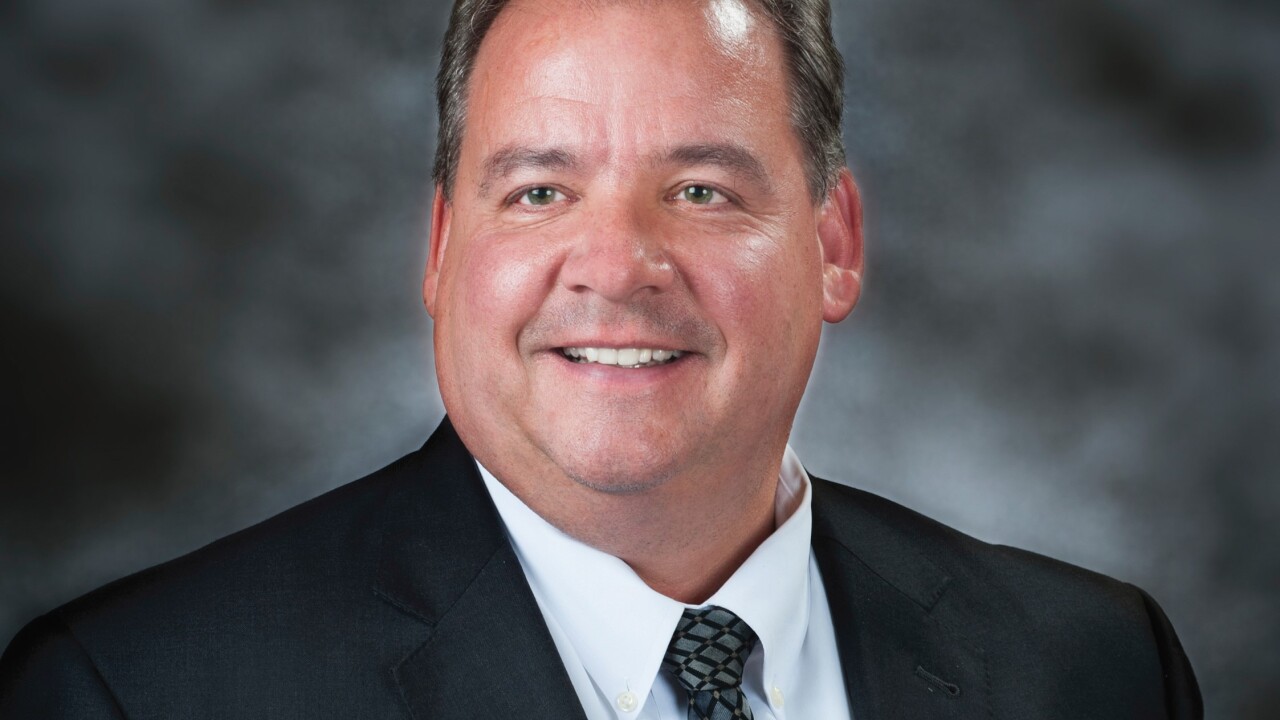Bankers around the country are viewing 1995 with trepidation. Given the inevitable compression and interest margins, which are still overwhelmingly the primary source of income for most banks, earnings prospects appear dimmer than originally anticipated.
What should banks do to avoid swinging like the rest of the crowd with the net interest margin pendulum? Can banks transform themselves over the short term to improve performance and yield higher stock value?
The answer is unequivocally yes. Look at U.S. Trust, which exited the commercial lending and international business in the early '80s and refocused itself as a private banking and trust company, now generating 69% of its revenues from fee income. Consider Marshall & Ilsley or Synovus, two companies that strategically committed to building their processing capability and now benefit to the tune of 35% of net income.
Or consider First Commercial of Arkansas, a company some industry observers considered a likely acquisition candidate a mere two to three years ago due to its vulnerability to rate swings.
The company decided to transform itself and has done so. With major presence in trust, mortgage banking, and correspondent banking as well as the ownership of the largest ATM network in its state, First Commercial is now a darling of the analysts and a super performer.
Bank investors have recognized the value of fee income in banks' balance sheets and have tied that into higher values. The average price per book and price per earnings of high-fee-income companies is markedly higher than the industry median.
In our work with Keefe, Bruyette & Woods, we realized that for a group of banks we examined with 49% noninterest revenues to total revenues (the industry median is 25%), the price per book median trading range was 187%. The median for the industry was 145%.
Furthermore, other banks with strong strategic focus get less market recognition if they specialize in businesses that do not necessarily yield high fee income.
This represents an opportunity for banks with strategic focus on non- fee-income businesses. Examples include First Source, a company with a unique small aircraft portfolio lending specialty; First Virginia and First Security, strong indirect auto lenders; and Signet, with its credit card bank. Those and others do not get the investors' blessings, in part because the investors do not always understand or realize the companies' strategic focus.
Concentration on fee income businesses is immediately apparent to the analyst through the numbers. However, specialty lending businesses are not. As a result, most analysts find it difficult to separate specific bank valuation from global interest rate trends. It is hard for them to evaluate the specific viability of each bank's strategy, and instead they take a blanket view of the situation.
What advice can I give to banks?
Avoid the herd syndrome. Banks are notorious for running in the same direction, whether it fits their core competencies or not. Avoid doing that; consider your specific situation and the potential profitability of the venture which the rest of the industry is so enamored with. (Remember discount brokerage?)
Avoid the LILO Principle. "Last in, last out" is a principle that many industry leaders follow. They enter attractive markets that are just about saturated; they leave after margins have all but disappeared. (Examples include the Japanese equity warrants market and the gilt market.)
Create stable, consistent income streams. Don't be Bankers Trust, which continues to perform year in and year out but is trading at amazingly low multipliers because of the unpredictability of its performance. Through franchise value and specialty lending, you can create consistent earning streams.
Don't get overly absorbed in cost. Cost is a necessary but not sufficient ingredient, and cost initiatives are very limited. Go on the offensive to achieve quality, stable revenue growth.
Assess the relevance of your branch network as a distribution channel. Don't ignore home banking, but don't panic from it. Consider Williams- Sonoma, Sharper Image, Fidelity, and Schwab - four admirable companies with remote distribution, all of which opted for physical distribution as well.
We all need stores to sell our stuff, but bank store networks are typically antiquated, expensive, located in the wrong places (consider your location versus Fidelity's), and not conducive to selling. Home banking, PC banking. and direct banking are segment driven, just like clothing retail. Different segments prefer different delivery devices. To serve a diverse population, you will need to use all alternatives - but to supplement the branch network, not displace it.
M&A activity has all but ground to a halt, with an 80% slowdown in the fourth quarter. Revenue enhancement becomes even more important at a time when sellers are extremely pricey and buyers' stock prices are too low to make transactions economically viable.
The lessons I learned from this are:
*Strategic focus is king. Identify your niche and specialty business.
*Cost is the ticket to the dance. Without efficiency, you will not succeed.
*Be even more cautious in pricing acquisitions. Look at your investment as a growing concern, and discount acquisition premiums.
*Rationalize your distribution network to meet the diverse preferences of your customer base.
*Don't look at the efficiency ratio as end-all. It has many sides - income, expense, reinvention. Spend time and money reinventing your company.
*Build your income.
Ms. Bird is chairman and CEO of Finexc Group LLC, New York, and editor in chief of The Community Banker, a quarterly journal.





